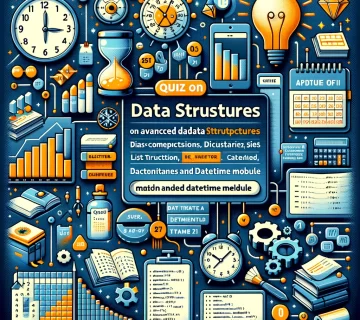Welcome to our comprehensive quiz on Python Partial Functions! This quiz is designed to test your understanding and knowledge of leveraging partial functions in Python, a powerful feature that enhances code readability and efficiency. Through a series of 20 multiple-choice questions, we’ll explore various aspects of partial functions, including their creation, application, and benefits in Python programming.
Taking this quiz is not just a test of your current knowledge—it’s an opportunity to deepen your understanding of Python’s capabilities. Whether you’re a seasoned programmer looking to brush up on advanced features or a newcomer eager to learn, this quiz offers valuable insights into making your code more efficient and maintainable. So, let’s dive in and see how well you know partial functions in Python. Good luck!
We hope this quiz has been both challenging and enlightening, offering you a deeper insight into the use of partial functions in Python. Whether you nailed every question or encountered a few surprises along the way, the journey to mastering Python’s advanced features is ongoing. Feel free to share your score, thoughts, or any questions in the comments section below. Stay curious and keep coding!





No comment